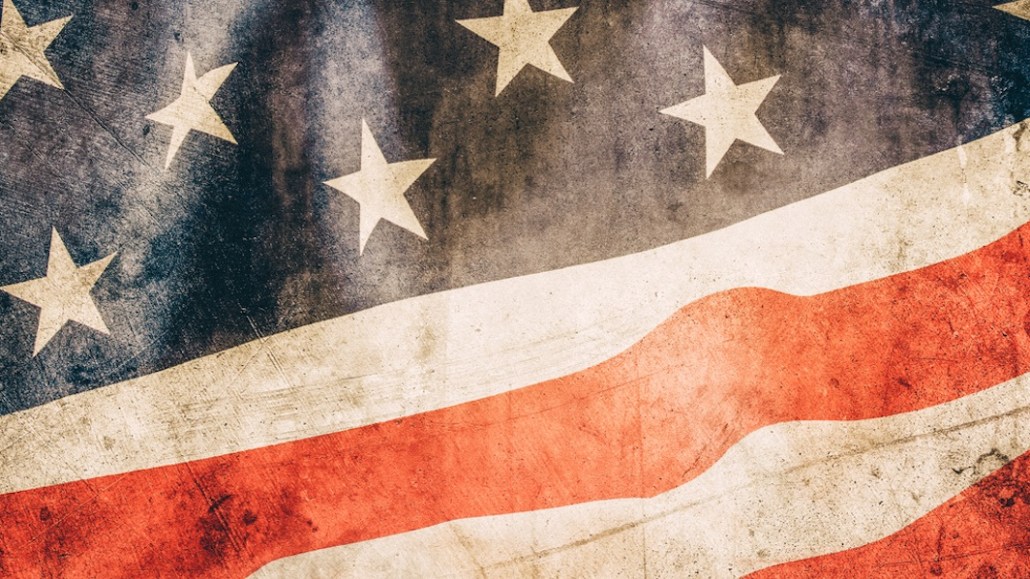Connect with execs from The New York Times, TIME, Dotdash Meredith and many more

Marketers are newly concerned with the large, diverse swath of Americans who live in flyover country. After the presidential election, there has been a kind of awakening to these customers and the power they wield, as well as the realization that brands and their agencies rarely speak to them.
Here are four charts on those Americans.
In a national survey of 1,800 Americans all 50 states, 26 of which are considered “heartland,” a Fluent survey found that Americans in the heartland are more likely to shop companies that outwardly share or exemplify “core values” that they ascribe to.
The interesting thing is that heartlanders and coastal Americans both share very similar values. But heartland Americans place more importance (53 percent versus 48 percent) on buying from brands that demonstrate them. “Families are important for both, but for heartland Americans, it’s way more important to make a purchase with a brand that agrees with that,” said Tanya Levina, research director.
Data also found that all Americans valued quality of product, but for heartland customers, brands that produced goods in the U.S. were valued more.
How coastal Americans and heartlanders shop differs slightly as well. Shopping is a more “social” activity for those in the heartland, so that group is likelier to hear from friends and family about new products, according to Fluent CMO Jordan Cohen.
“The one key takeaway is that not so much that advertisers should spell out beliefs in their advertising, but that they need to keep audiences in mind when designing that message,” said Levina.
“The large differences are when it comes to media consumption,” said Levina. Data supports this. Overall, 57 percent of Americans said they made an online purchase in the past six months, and 43 percent made a purchase on their smartphone in the same time. But heartland Americans are less likely to buy things online.
The way customers think about brands is different, too. Urban and suburban dwellers — whether in the heartland or on the coasts — care about branded things and will pay for a brand name. “Rural” customers don’t as much, creating an opportunity for brands to change messaging to focus on price.
More in Marketing

In Graphic Detail: Inside the state of the creator economy industrial complex
The creator economy might have started out as an alternative to traditional media, but is becoming more and more like it as it professionalizes.

Shopify has quietly set boundaries for ‘buy-for-me’ AI bots on merchant sites
The change comes at a time when major retailers like Amazon and Walmart are leaning into agentic AI.

WTF is ‘Google Zero’?
The era of “Google Zero” — industry shorthand for a world where Google keeps users inside its own walls — is here.








